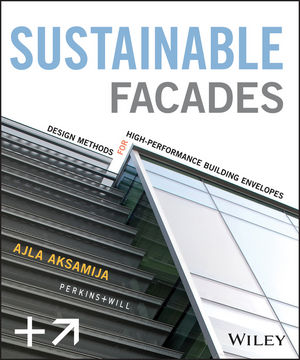Prior to Hurricane Katrina, the Carrollton United Neighborhood Organization (CUNO) decided that reopening Alfred C. Priestley Junior High, which had been closed since 1993, would spark local revitalization, and a survey of residents indicated widespread support for an architecture and construction charter school. In spring 2005 CUNO began negotiating with the Orleans Parish School Board to secure the vacant building for its reuse as the Priestley School of Architecture & Construction.
After the storm, Orleans Parish fast-tracked CUNO’s application, granting one that October. “Prior to the storm it was extremely hard to get a charter school approved by the state,” explains Michelle Biagas, Priestley’s principal and CEO. But Katrina forced a change of attitude among the education establishment, and Orleans Parish “felt that having this school would be a feather in its cap.”
Although the original Priestley building was not yet suitable for occupation, the school opened inside a temporary facility in September 2006 with 35 ninth-grade students. Enrollment has since swelled: today, the school has 322 students and 37 staff members, and according to administrators’ plan, Priestley will have 400 students encompassing all four high-school grades by fall 2009. These teenagers represent a cross section of the area—99 percent of them are African-American, and 311 qualify for free lunches—and a demographic that is under-represented in the design professions.
Enrollment is not contingent upon qualifying exams or even a preexisting interest in design, says Jared Hueter, the school's architecture curriculum specialist. So far, learning highlights include redesigning the landscape surrounding the entrance of the McNair Building, one of the school’s prior temporary homes; a trip to Washington, D.C., to study historic sites; and cooperating with 100 architects from Perkins+Will to prepare designs for the renovation of the namesake Priestley school building.
Hueter, who was hired in 2008, plans to “intensify rigor and raise expectations.” Project-based learning is being incorporated into all subject areas, and each grade is examining a specific building type. Hueter also notes that he and his colleagues are working with various nonprofits to involve students in rebuilding projects nearby.
For all its successes, the school still needs a homecoming: Priestley has had to change locations every year and share those buildings with other charter schools, while the three-story, E.A. Christy–designed Carrollton landmark that inspired the experiment still stands empty. “It is hard to recruit students when we are a moving target,” Biagas says, adding, “if we do not have students, we do not get public funding.”
Although Perkins+Will has designed the renovation pro bono, refurbishing the original Priestley building still will cost upward of $10 million. “Many funders are willing and ready to fund educational reform,” Biagas says, “but not bricks and mortar.”







